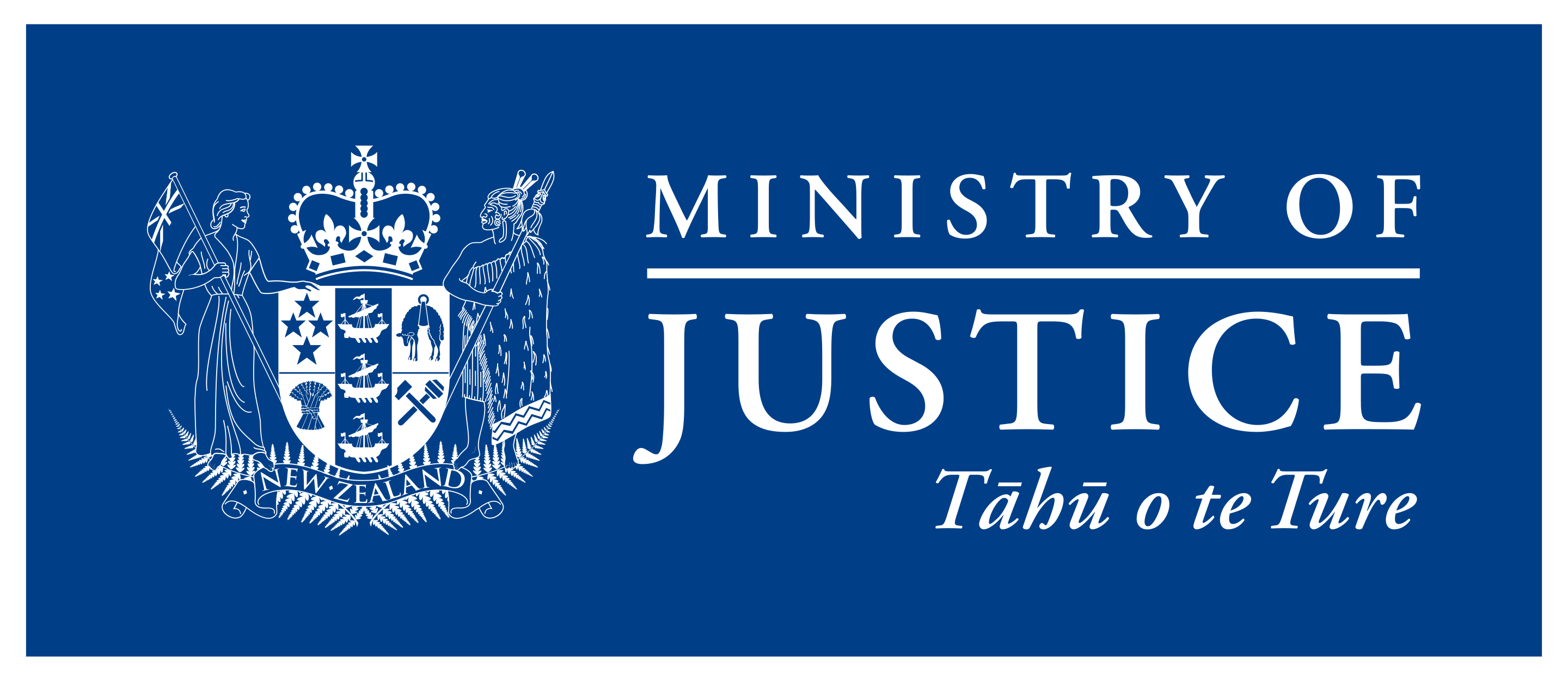We can help your organisation develop internal processes for feedback, queries and complaints. This allows the people involved to try and sort things out before any external dispute resolution process begins. Talk to us about how this could be incorporated into the design of your customer journey.
Feedback
It is important to welcome feedback from customers, clients and users of services. This can be targeted for example by surveying people or by inviting people to provide feedback directly through various fora.
Queries
The most effective to sort out issues is directly between the people involved. Usually, the first step to be taken is for the user of the service to raise the issue with the person in your organisation they have been dealing with. We call these "queries" at this stage, it is an informal process that often has an informal answer that resolves the issue. This kind of communication happens regularly in all organisations and often takes the form of a face-to-face conversation, a phone call or an email over a few days.
This step can sometimes act as a barrier if users feel they will be disadvantaged by raising issues in this way. It's important to ensure the culture of the organisation supports queries being made and an alternative pathway is available for queries to be raised if barriers exist or emerge.
Queries can provide an important learning tool for the people involved including users of the service, your people, and your wider organisation. It is important that people embrace this process which may need work on the culture of your organisation. You must also ensure that you capture information from the query process effectively. The boundary between a query and a complaint, and the timeframes must also be clearly identified.
We can help you work through how to design an internal process so it works effectively, queries are resolved within a few days and your organisation captures these important learnings.
Complaints
Developing your organisation's internal complaints system
Some issues will not be resolved through queries or because of perceived conflicts of interest, people are not comfortable using a query process. An internal complaints process is often the next step before people engage with our external dispute resolution service. Talk to us about your customer journey to see how complaints sit within the context of your organisation.
An effective internal complaints process needs to work well for the people making complaints, for your organisation and its people and be done in a way that works. It is important to involve users and stakeholders from the start of your design process. This will help you ensure that your internal complaints system is user-focused and accessible and provide a good experience for users. Getting front-line staff, complaints staff and leaders involved will help build trust in your organisation and set the culture for the complaints system from the beginning.
What a complaints process might look like
There are numerous different complaints processes, but most have similar steps:
The procedural "intake" step: screening the complaint to ensure it's within the scope of the complaints service (is it at the right place), arranging for the assessment and triage of the complaint, formally acknowledging the complaint and advising the person who made the complaint about the next steps. This may include interim steps of obtaining further information from the person who made the complaint (or others) and or clarifying the complaint.
The substantive step: this can take many forms but often includes a conversation, investigation, review or internal resolution process where factual issues are discussed and either agreed to or determined and if appropriate, consideration of options for resolution, including remedies.
The outcome step: this is where the outcome of the complaint is communicated to the person who made the complaint (and potentially others involved). This should set out the basis for the outcome, including any agreed facts or facts that have been determined by the complaints process and any remedies, next steps, or other options that will be provided. This must also set out options for example what can be done if the person is not satisfied with the outcome.
How we can help your organisation
Simply Resolution and our partners can help you design and implement a process that will work in your context. Get in touch with us to see what might work for you as you develop your feedback, queries and complaints processes or to improve your existing process. We're here to help, not tell you what to do.
